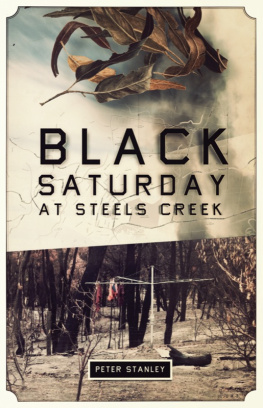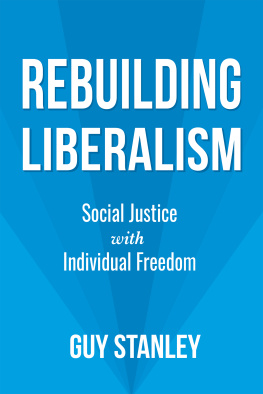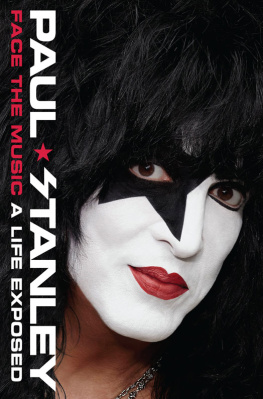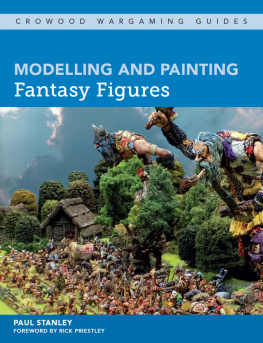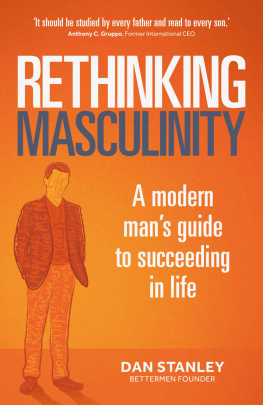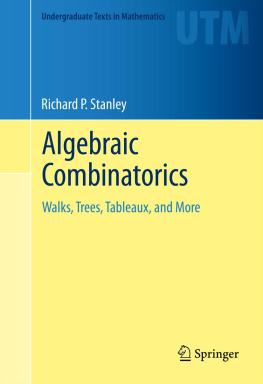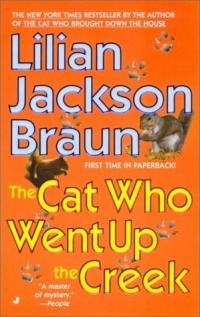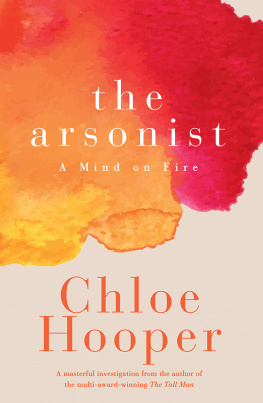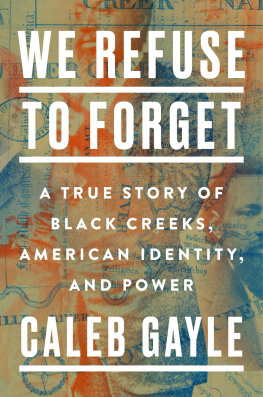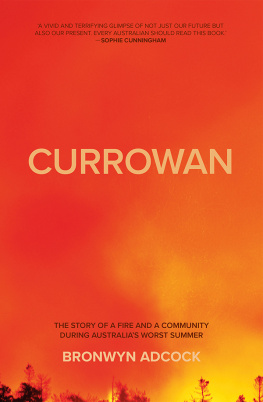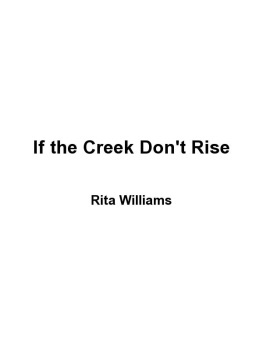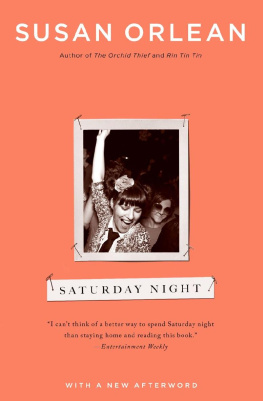
Scribe Publications
BLACK SATURDAY AT STEELS CREEK
Dr Peter Stanley is a professor of history at the University of New South Wales, Canberra. He has published twenty-five books, mainly on Australian military social history, such as Tarakan , Quinns Post , and Men of Mont St Quentin (also published by Scribe). In 2011, he jointly won the Prime Ministers Prize for Australian History for his 2010 book Bad Characters: sex, crime, mutiny, murder, and the Australian Imperial Force . He wrote Black Saturday at Steels Creek as head of the Research Centre at the National Museum of Australia, in partnership with the Australian National Universitys Centre for Environmental History, and with the people of Steels Creek.
For the people of Steels Creek,
in memory of those who died on 7 February 2009
Scribe Publications Pty Ltd
1820 Edward St, Brunswick, Victoria 3056, Australia
Email: info@scribepub.com.au
First published by Scribe 2013
Copyright Peter Stanley 2013
All rights reserved. Without limiting the rights under copyright reserved above, no part of this publication may be reproduced, stored in or introduced into a retrieval system, or transmitted, in any form or by any means (electronic, mechanical, photocopying, recording or otherwise) without the prior written permission of the publishers of this book.
Maps drawn by Jennifer Sheehan
National Library of Australia
Cataloguing-in-Publication data
Stanley, Peter, 1956-
Black Saturday at Steels Creek / Peter Stanley.
9781922072283 (e-book.)
1. Black Saturday bushfires, 2009. 2. WildfiresSocial aspectsVictoriaSteels Creek. 3. Forest firesSocial aspectsVictoriaSteels Creek. 4. Disaster reliefVictoriaSteels Creek. 5. Steels Creek (Vic.)Social life and customs.
363.379099453
scribepublications.com.au
CONTENTS
by Andrew Chapman
Prologue:
Part One:
Chapter 1
Chapter 2
Chapter 3
Part Two:
Chapter 4
Chapter 5
Chapter 6
Chapter 7
Part Three:
Chapter 8
Chapter 9
Chapter 10
Epilogue:


FOREWORD
It is the end of another hot summers day at Steels Creek. The blustery north wind has died down and the ground is starting to cool; amid the still-strong scent of green leaves, the smell of newly cut hay drifts across the brown lawn. It is a perfect evening, and, as I cast my eyes around, looking beyond our fence line, I can distinguish only a few dead trees legacy of the ferocity of Black Saturday.
It has been four years since that dreadful day. We have rebuilt our house, and, after two years of good rains, the garden is flourishing.
We the people of Steels Creek love life in our valley, and the strength of our community is a reflection of this. Through film nights, art classes, a sewing group, the gardening and tennis clubs, and a local market day, all community needs are met. Community news and events are reported on through The Jolly Thing , the local news sheet, which I edit.
I first met Peter Stanley some five months after Black Saturday. We had a long chat over coffee, at which time he outlined his plan for this book. He asked many questions about the day and its aftermath; I was immediately struck by his concerned manner and his lack of interest in a quick outcome. Peter wished to draw all the facts together and bring sense to the disorder not an easy task.
This book captures the essence of what drew our small but diverse community together before the fires and what has solidified our bonds in the rebuilding process. Peters well-known ability as a war historian has helped him to skilfully weave order out of the chaos of Black Saturday. He has done this with tactful patience and polite perseverance with regard to those who wanted their stories told. Peters book is a compelling and detailed account of an event that could have wiped the community of Steels Creek off the map.
It was a great privilege to read drafts of this book and to see the finished product coming together. Peter circulated several drafts among the community to ensure facts were correct; his regular updates on the books progress were printed in The Jolly Thing .
Bushfire is an ever-present force that at some time affects many country communities across our sunburnt land, and, while this is our communitys story, it could be anothers in the future. I was humbled and honoured to be asked to write this foreword, and I hope that all Australians get as much from Peters intricate narrative as I did.
Andrew Chapman
Editor, The Jolly Thing
INTRODUCTION
This book tells the story of how fire came to a small Victorian community on an extremely hot summers afternoon in February 2009. While the fires that engulfed Victoria on that day have since been eclipsed in memory, to some extent, by other tragic events cyclones in Queensland, floods in Queensland and Victoria, and widespread bushfires across Australia in 2013 they remain the most destructive bushfires in Australias history. The story of what happened in February 2009 is important for all of us. Fire is a part of the natural history of the continent we call home which means that, while these fires were exceptional, they were not unique. They have come before, and they will come again. Australians, especially, need to understand how to live with fire. As the earths climate changes, bushfires such as Black Saturdays are sure to become more, rather than less, likely.
As Australians, we also need to understand better how we do and can live together. At a time of rapid change climatic, economic, demographic, technological, political, and, above all, social the ways in which we live together are coming under both stress and scrutiny. With more people living in cities (or, rather, suburbs), the consequences of rapid or dramatic change can often be seen in alienation, crime, and the loss of what is variously called social cohesion, capital, or harmony. The answer to the question How can we live together? is often the catch-all word community. But what does community mean?
Black Saturday at Steels Creek connects these two themes. It explores the dual questions, How can we live with fire? and How can we live together? The result is a book about fire and an Australian community.
I have checked drafts of this book with as many Steels Creek people as possible, and have invited them to comment on and correct my text, but ultimately it expresses my judgements about what happened. While I have been able to corroborate or confirm many details, the sources that I relied on were, in fact, exactly the people who turned out to have been most confused about what happened and when. Because the story is theirs, I have often looked to them for guidance in capturing the reality of their experiences. In that sense, this book is very much a partnership between us. However, while I have been able to correlate various bits of evidence, from mobile-phone records, to digital-camera data, to simple recollections of time, I have had to take a more tentative view of times of certain events than the people of Steels Creek would have liked.
Having listened to the people of Steels Creek in the course of writing this book, and having checked my narrative with those who know best, I am now confident that we can all stand by this account of what happened on that terrible day now known as Black Saturday.
Next page
